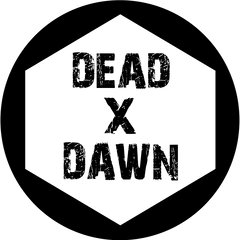How do you to turn a usb drive into a bootable linux drive
-
Featured Topics
-
Topics
-
Mnemonically_impared ·
Posted in CPUs, Motherboards, and Memory3 -
DxD ·
Posted in Troubleshooting5 -
4
-
5
-
4
-
TheEgg ·
Posted in Phones and Tablets10 -
AleksiDj73 ·
Posted in Peripherals8 -
Micro2000 ·
Posted in New Builds and Planning6 -
djksm ·
Posted in Member Reviews2 -
DarthAegon ·
Posted in New Builds and Planning10
-






.thumb.gif.ad16b18341f801f5f81ab6752edec500.gif)











Create an account or sign in to comment
You need to be a member in order to leave a comment
Create an account
Sign up for a new account in our community. It's easy!
Register a new accountSign in
Already have an account? Sign in here.
Sign In Now